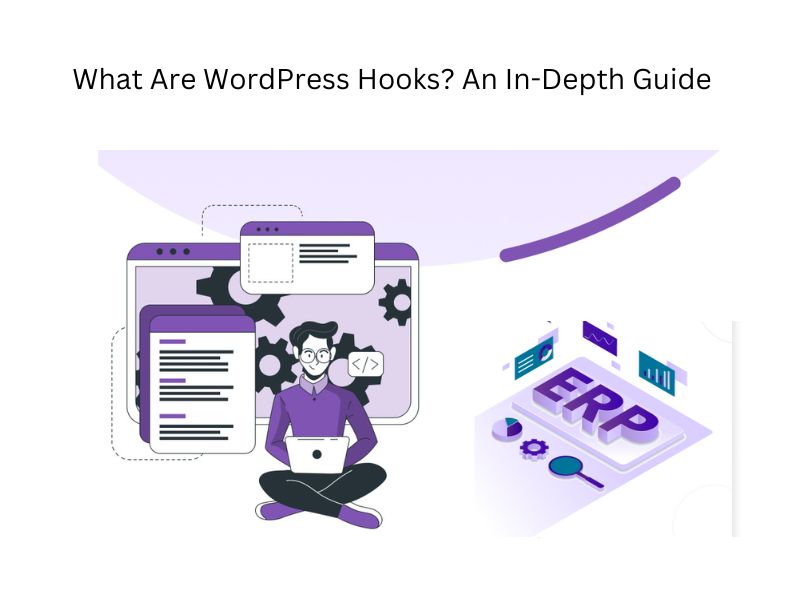


Hooks are essential for developers because they provide a structured way to customize WordPress behavior or output without modifying the core codebase.
Hooks are essential for developers because they provide a structured way to customize WordPress behavior or output without modifying the core codebase. This ensures that your customizations are preserved even when WordPress is updated.
There are two primary types of hooks in WordPress:
**Action hooks** are triggered at specific points in the WordPress execution lifecycle. When an action hook is triggered, it allows you to execute custom functions at that particular point. Actions are often used to add or modify elements on your site, such as adding content to a post, sending notifications, or enqueuing scripts and styles.
Here’s a basic example of an action hook in WordPress:
“`php
// Function to add a message at the end of each post
function my_custom_message() {
echo ‘<p>Thank you for reading this post!</p>’;
}
// Hook the function to the ‘the_content’ action hook
add_action(‘the_content’, ‘my_custom_message’);
“`
In this example, the `my_custom_message` function is hooked to the `the_content` action, which is triggered whenever the content of a post is displayed. The result is that a custom message is added to the end of every post.
– **`init`**: This is one of the earliest hooks available during WordPress initialization. It’s commonly used to register custom post types, taxonomies, and other global settings.
– **`wp_enqueue_scripts`**: This hook is used to enqueue scripts and styles in WordPress. It’s crucial for adding CSS and JavaScript files to your theme or plugin.
– **`admin_menu`**: This hook is used to add custom menus to the WordPress admin dashboard.
– **`save_post`**: This hook is triggered when a post is saved. It’s often used to perform additional actions when content is created or updated.
**Filter hooks** are used to modify data before it is displayed or saved. Filters allow you to intercept data as it is being processed, apply your custom modifications, and then pass it along. This is particularly useful for customizing content, modifying query results, or altering output generated by other functions.
Let’s look at an example of a filter hook:
“`php
// Function to modify the post title
function my_custom_title($title) {
return ‘Special: ‘ . $title;
}
// Hook the function to the ‘the_title’ filter hook
add_filter(‘the_title’, ‘my_custom_title’);
“`
In this example, the `my_custom_title` function is hooked to the `the_title` filter, which allows us to modify the post title before it is displayed. The result is that “Special:” is prefixed to every post title on your site.
Using hooks in WordPress involves three main steps:
Let’s walk through a practical example of using an action hook to add custom CSS to your WordPress theme.
“`php
// Function to enqueue custom CSS
function my_custom_styles() {
wp_enqueue_style(‘my-custom-style’, get_template_directory_uri() . ‘/css/custom-style.css’);
}
// Hook the function to the ‘wp_enqueue_scripts’ action
add_action(‘wp_enqueue_scripts’, ‘my_custom_styles’);
“`
In this example, the `my_custom_styles` function enqueues a custom stylesheet located in your theme’s `css` directory. By hooking this function into the `wp_enqueue_scripts` action, the CSS file will be included on every page of your site.
—
WordPress hooks are an essential tool for any developer working with the platform, especially when it comes to plugin development. They provide a flexible and powerful way to customize your site without modifying core files, ensuring that your changes are safe and sustainable. Whether you’re adding new functionality, modifying existing features, or completely overhauling the way your site works, understanding and utilizing hooks is key to mastering both WordPress development and plugin development.
By grasping the fundamentals of action and filter hooks, you’ll be well-equipped to extend and enhance WordPress in virtually limitless ways.
